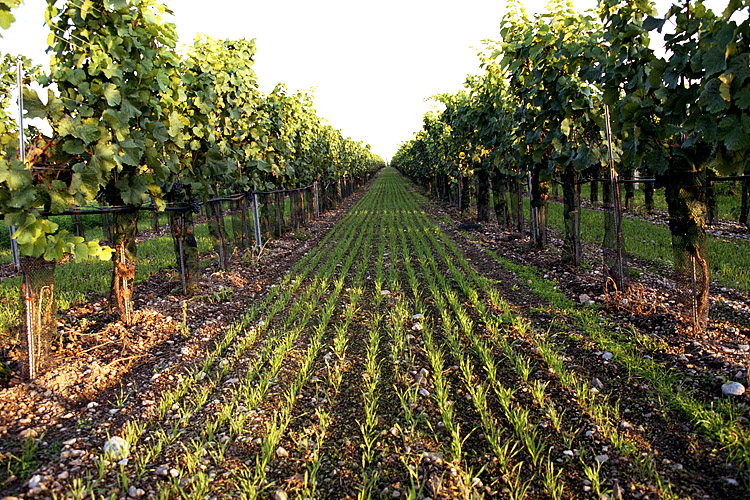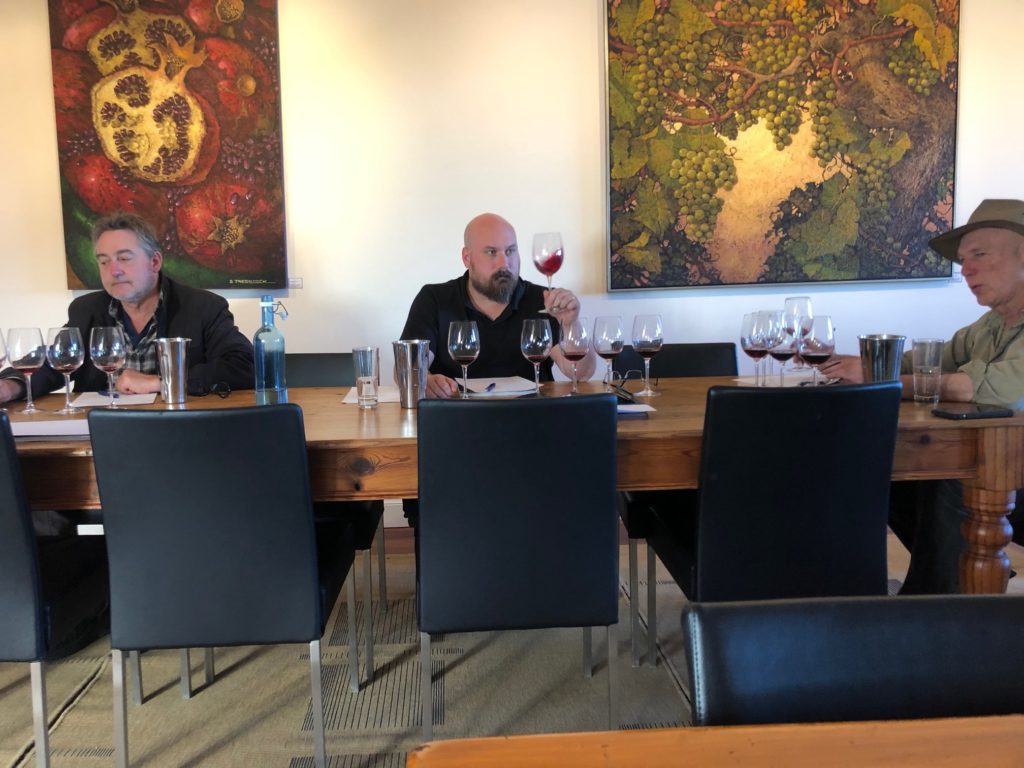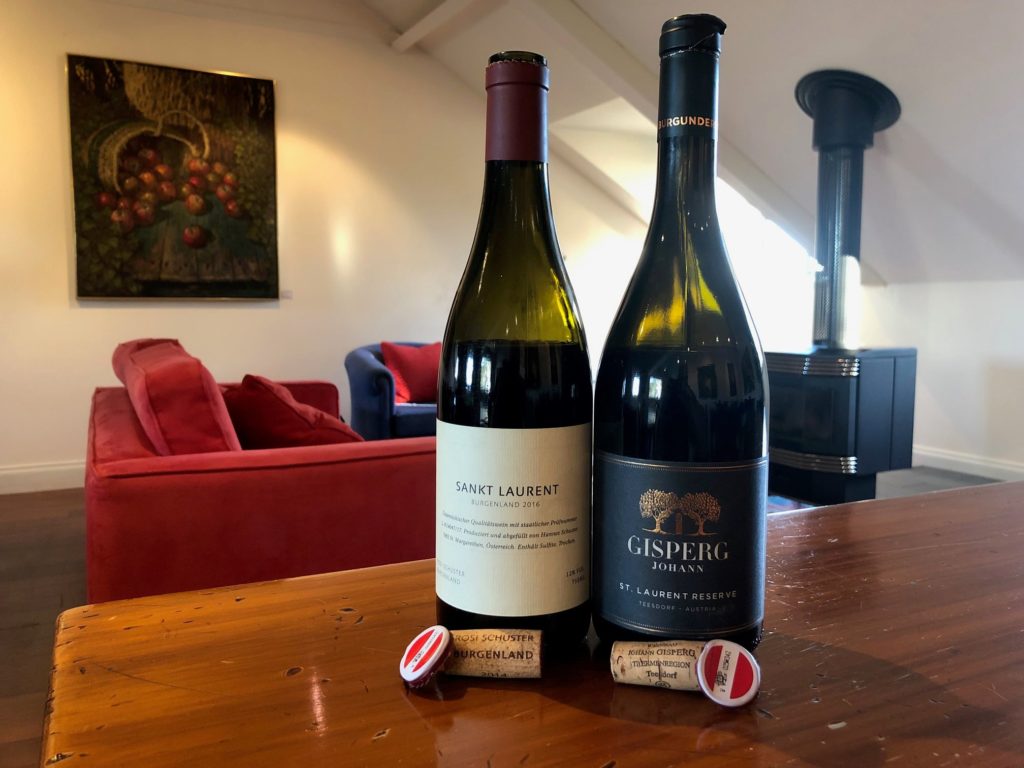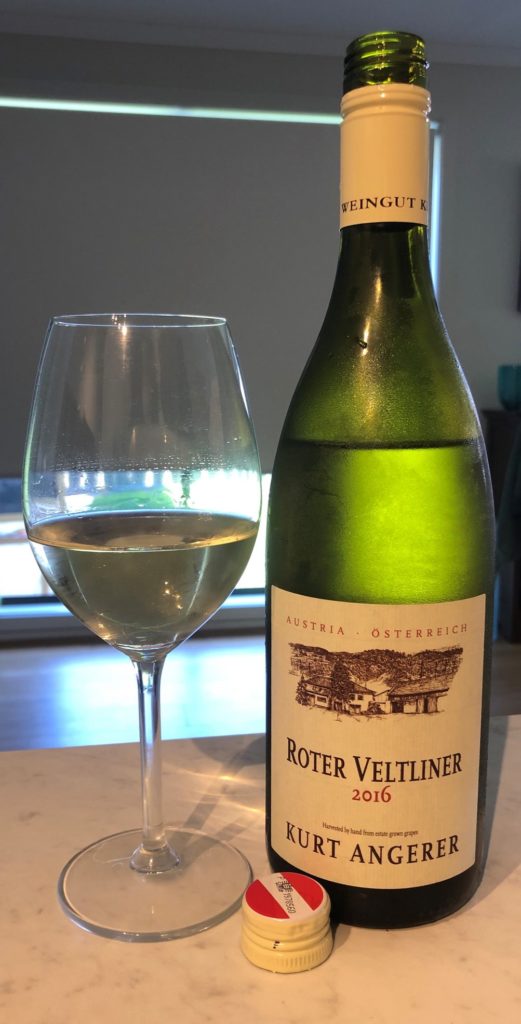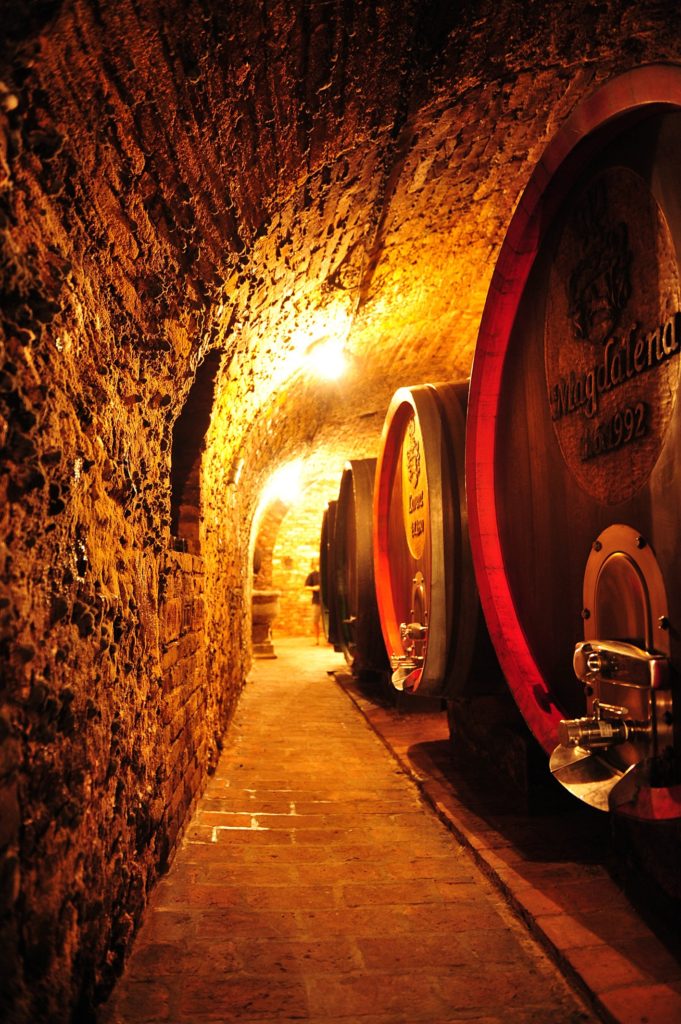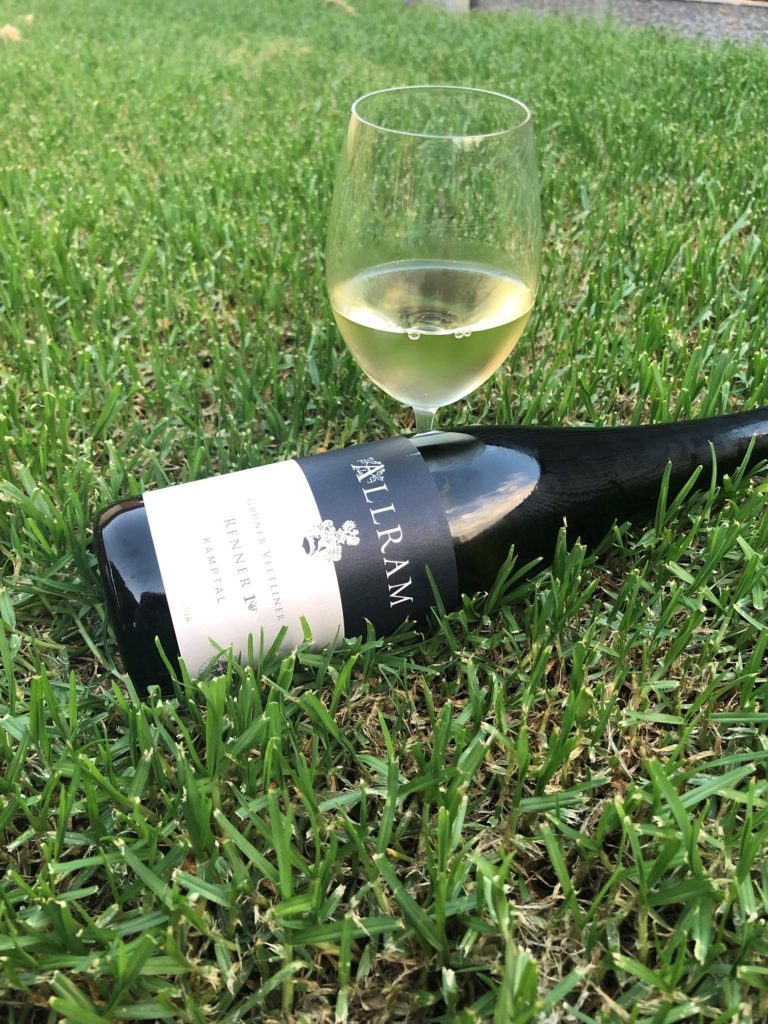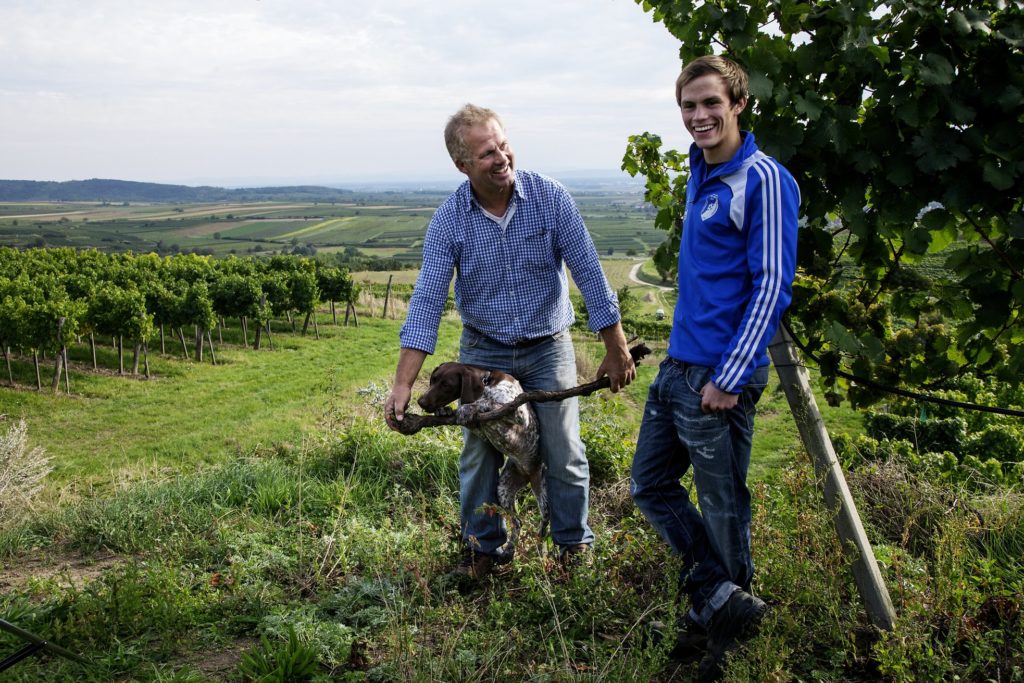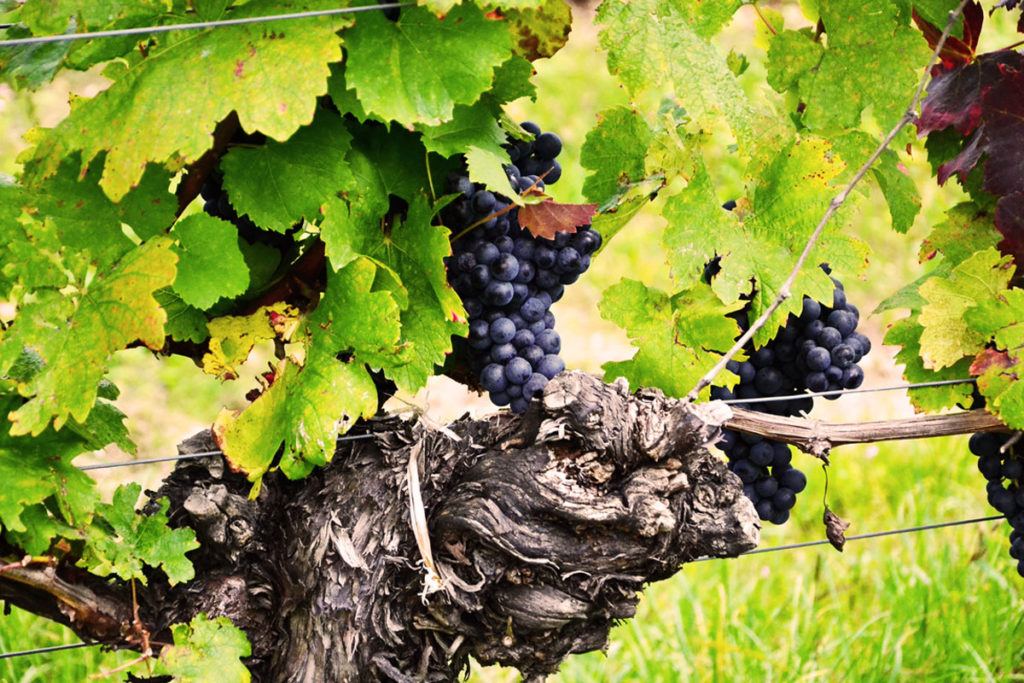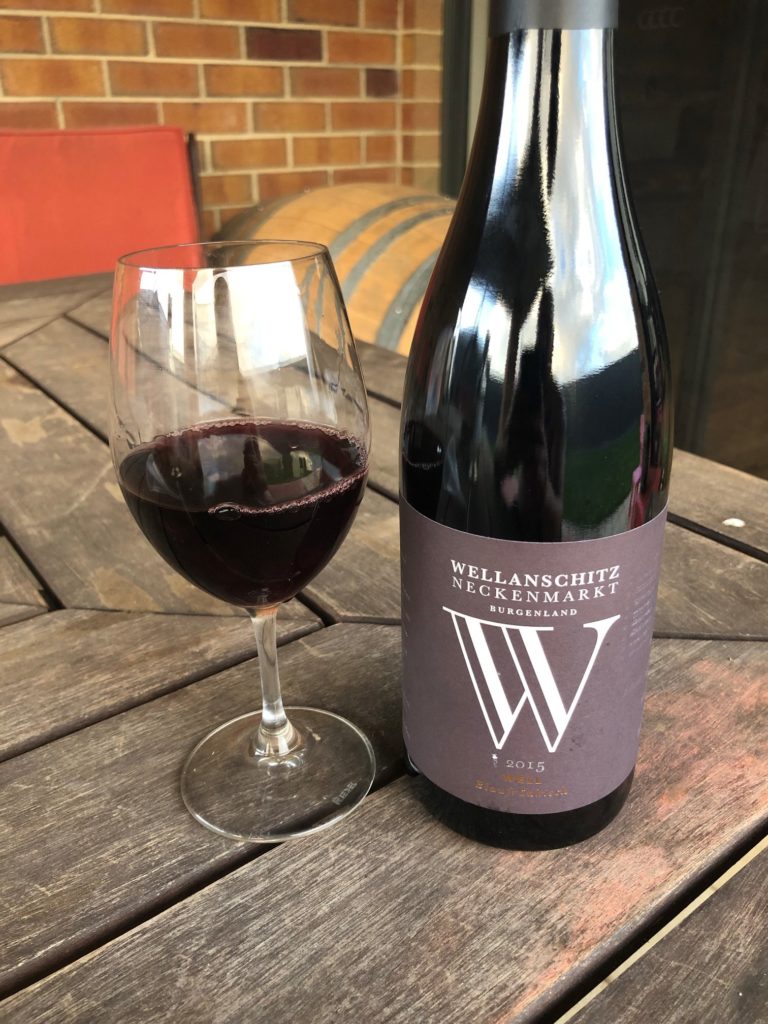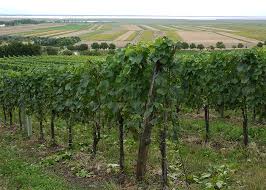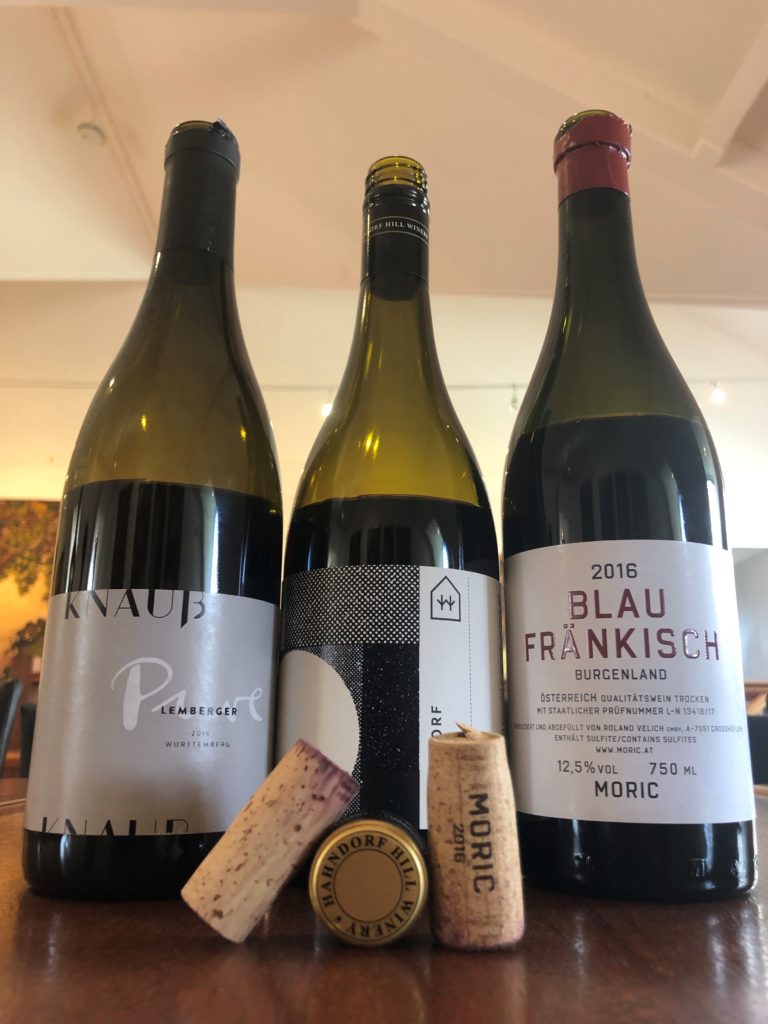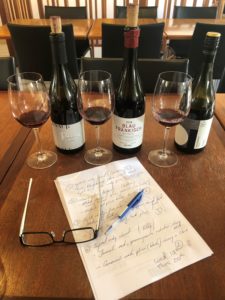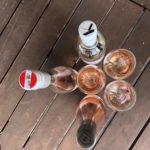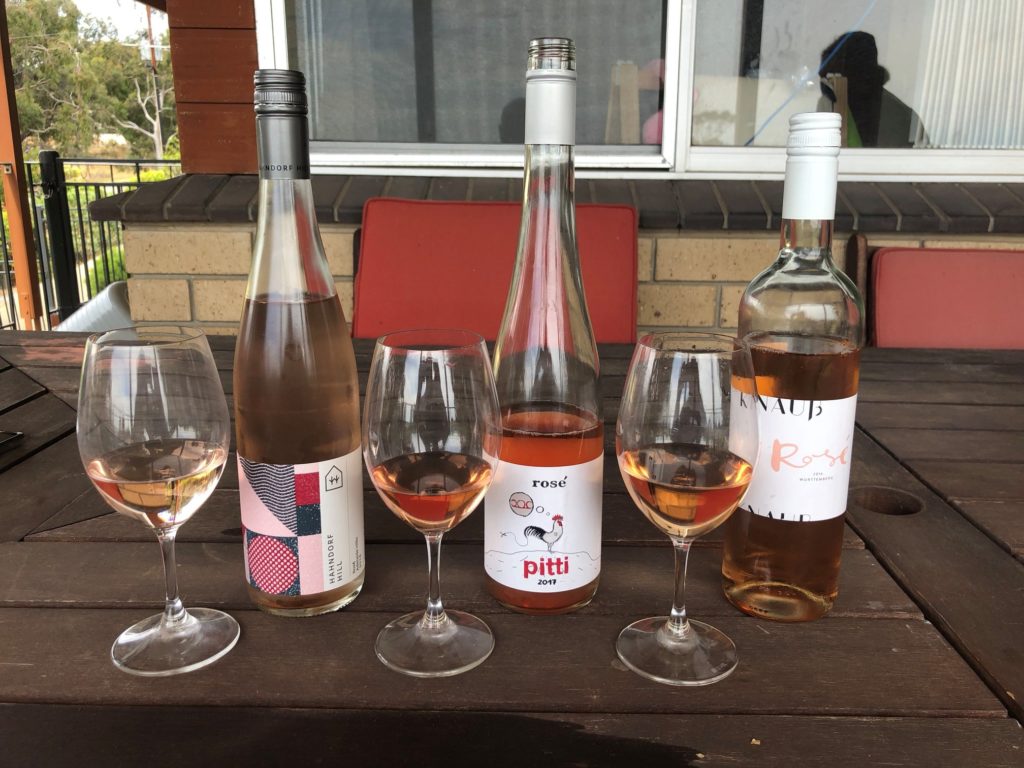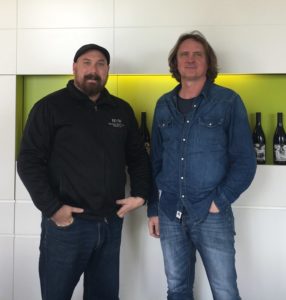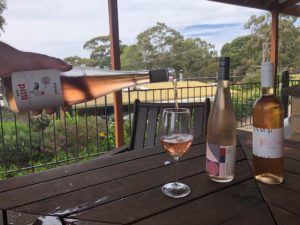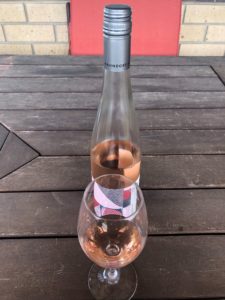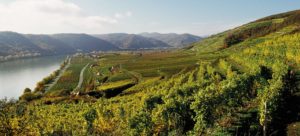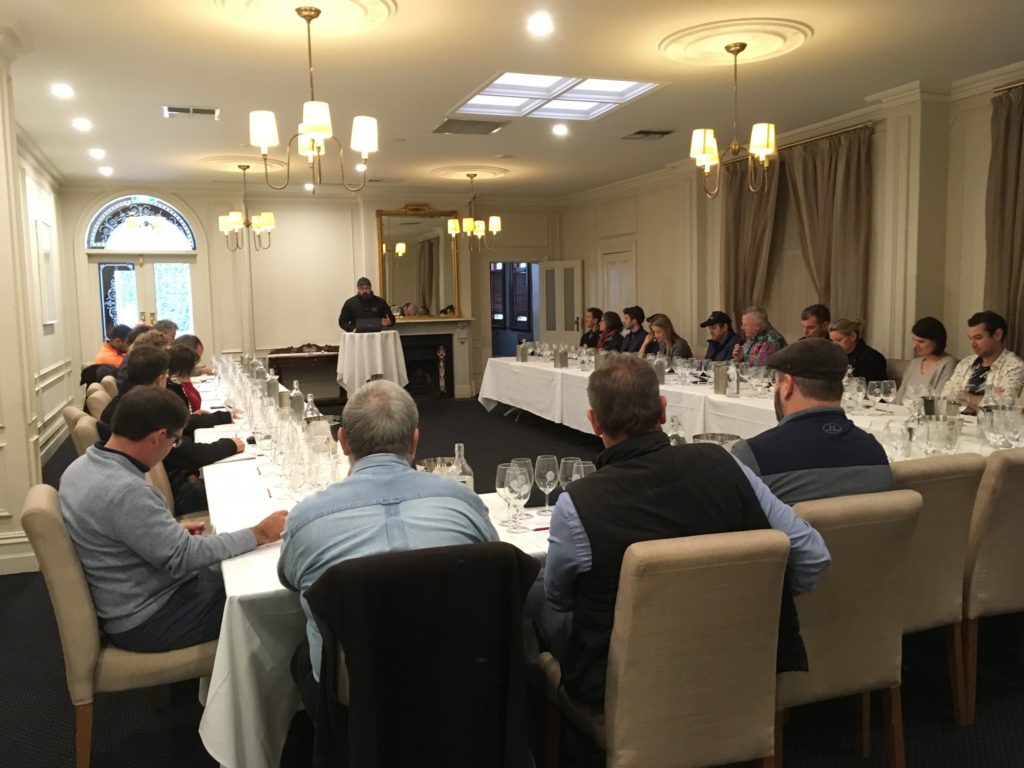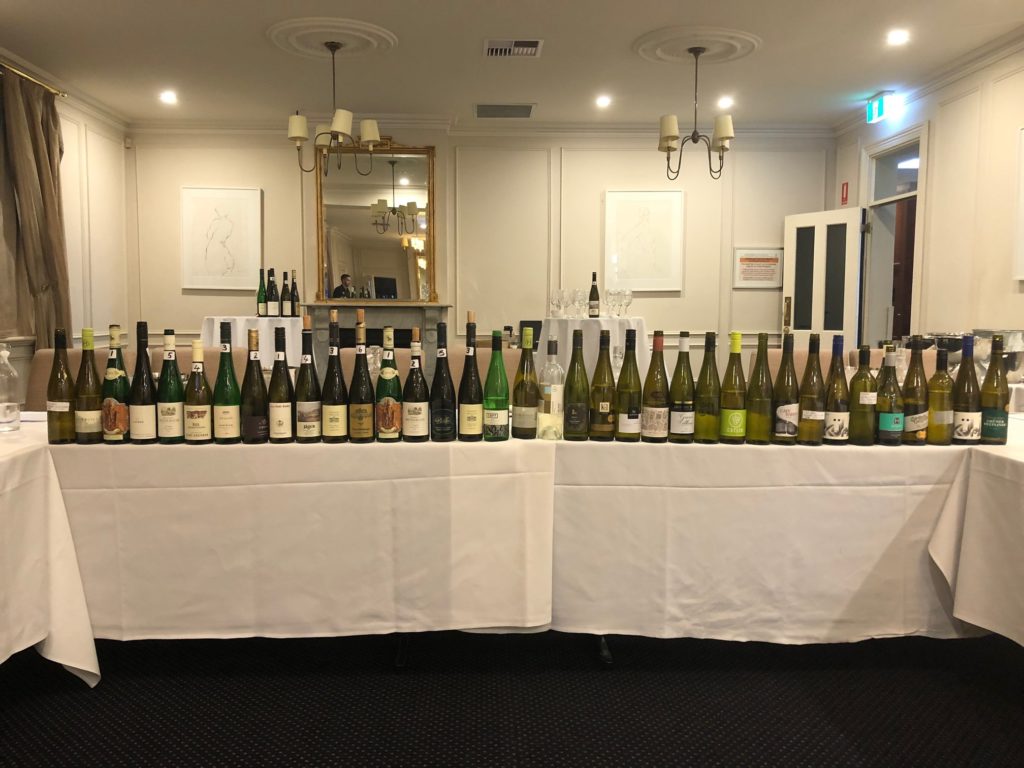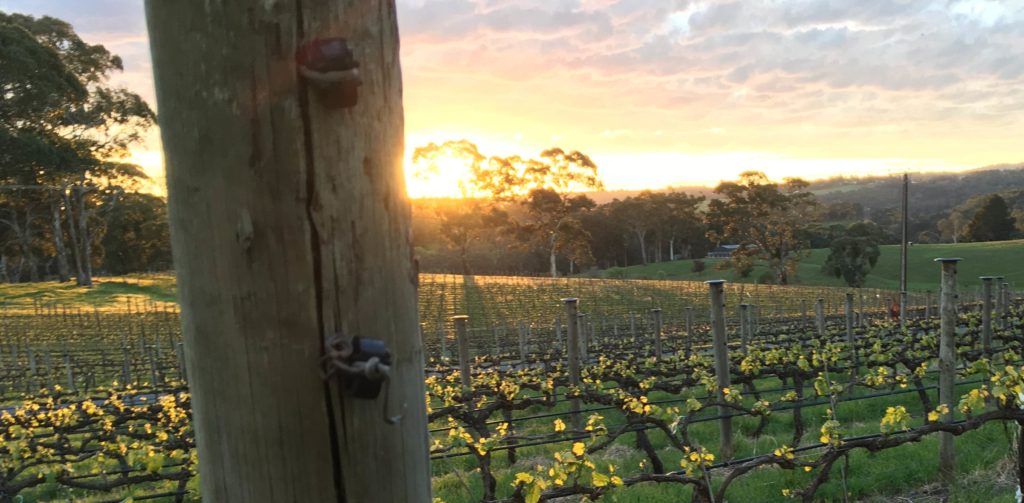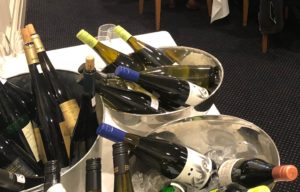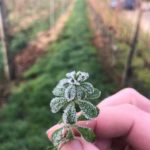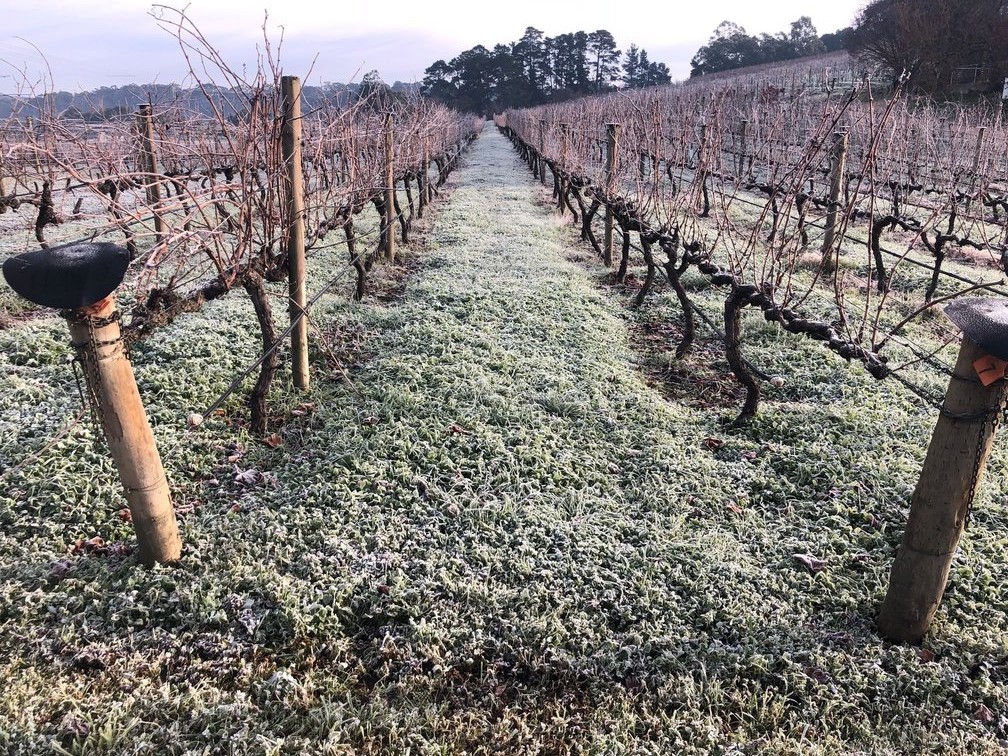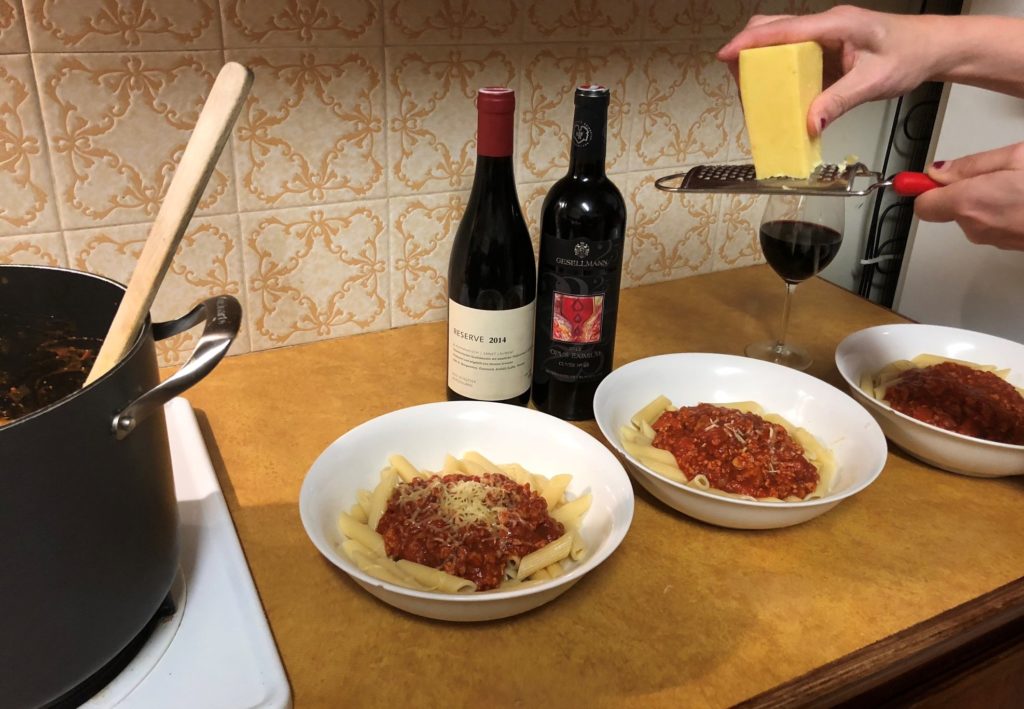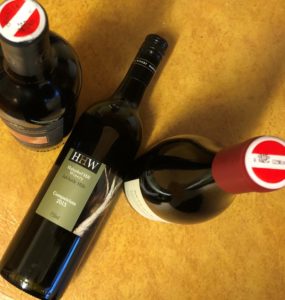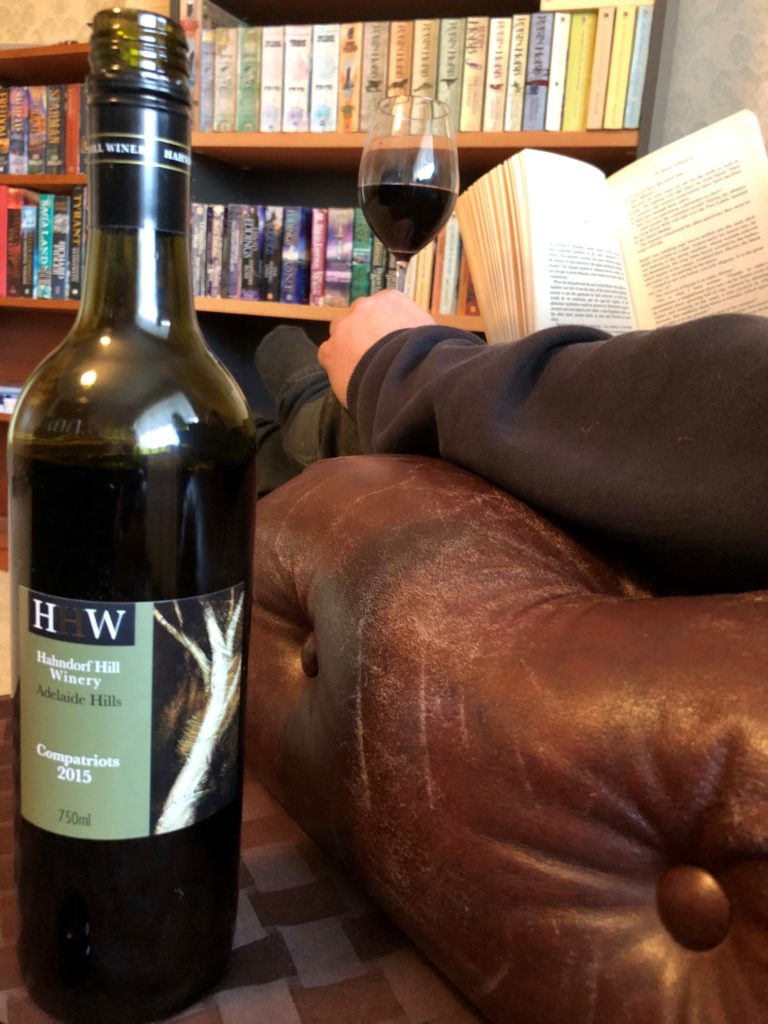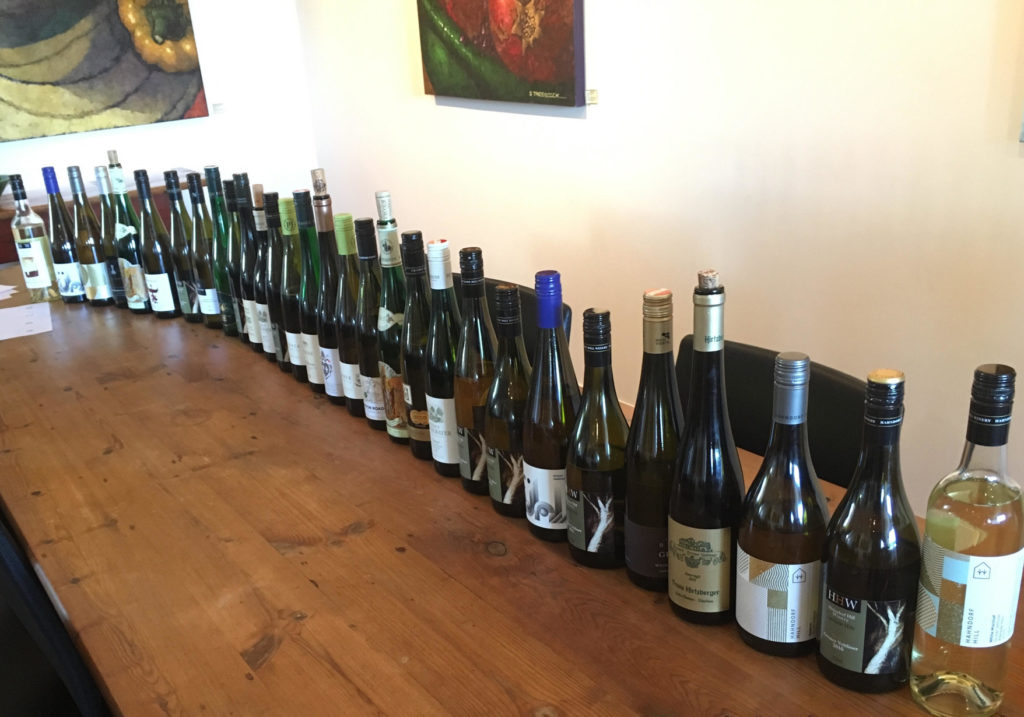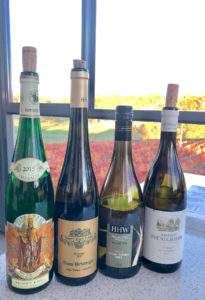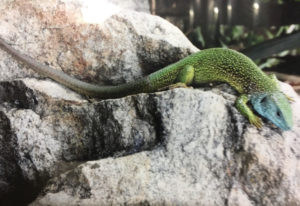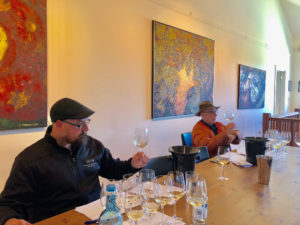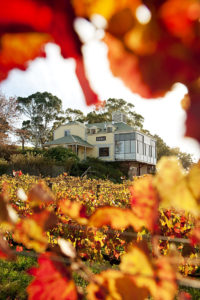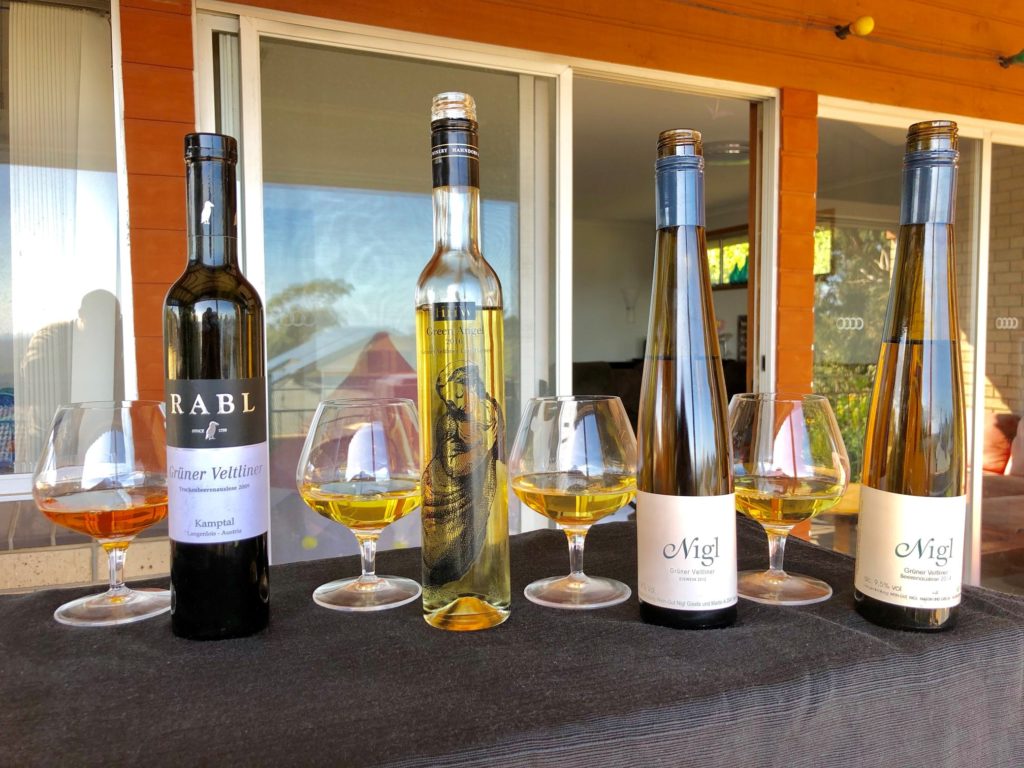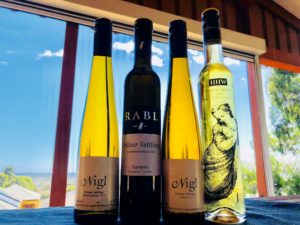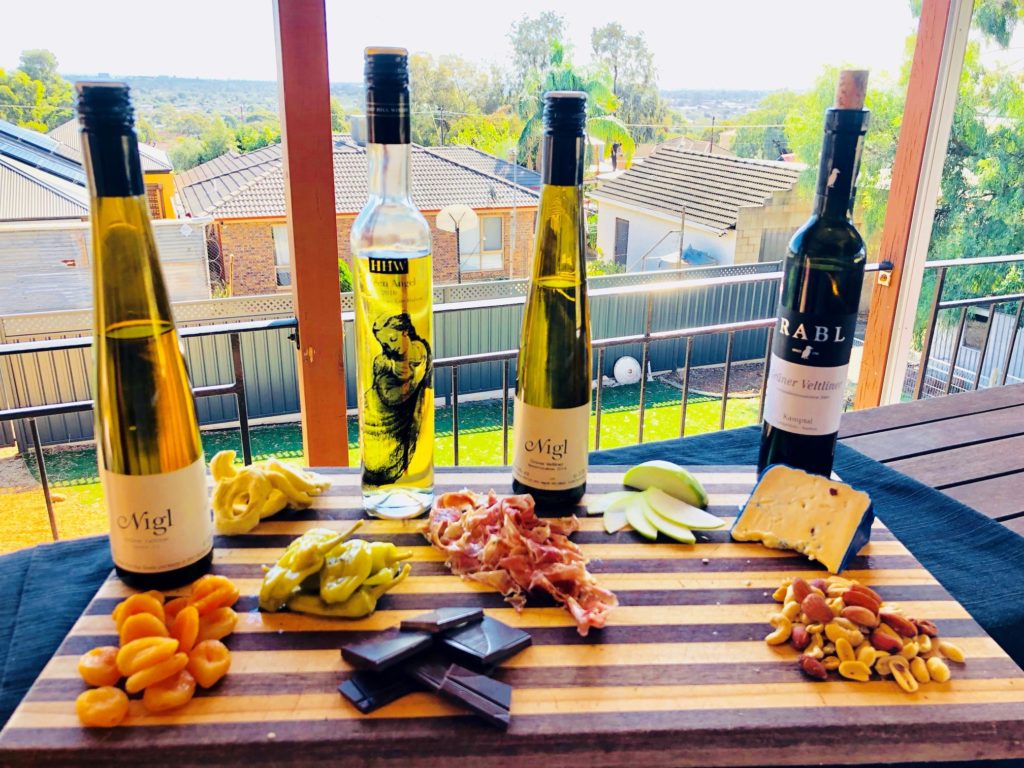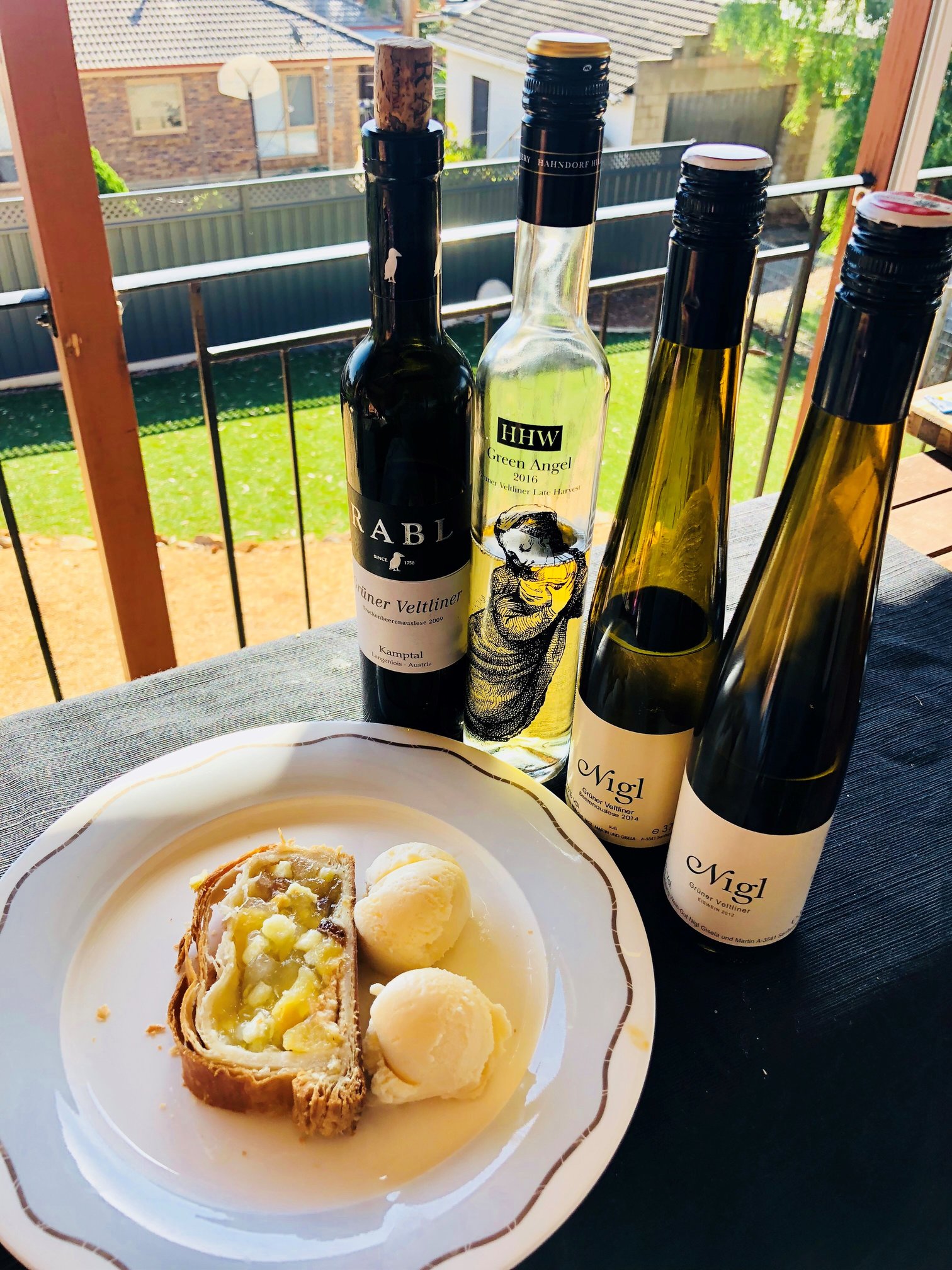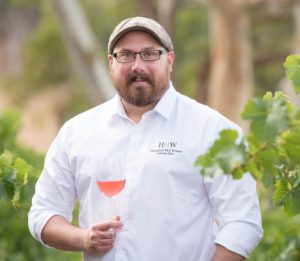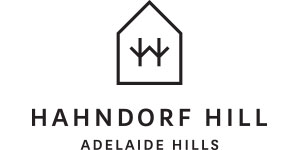
In May of this year I was lucky enough to visit Austria for a second time. I spent a little over a week travelling through three regions that each have their own signature style or varietal. The first of several articles I plan to write about this trip will be dedicated to the Thermenregion and its unique expressions of Saint Laurent.
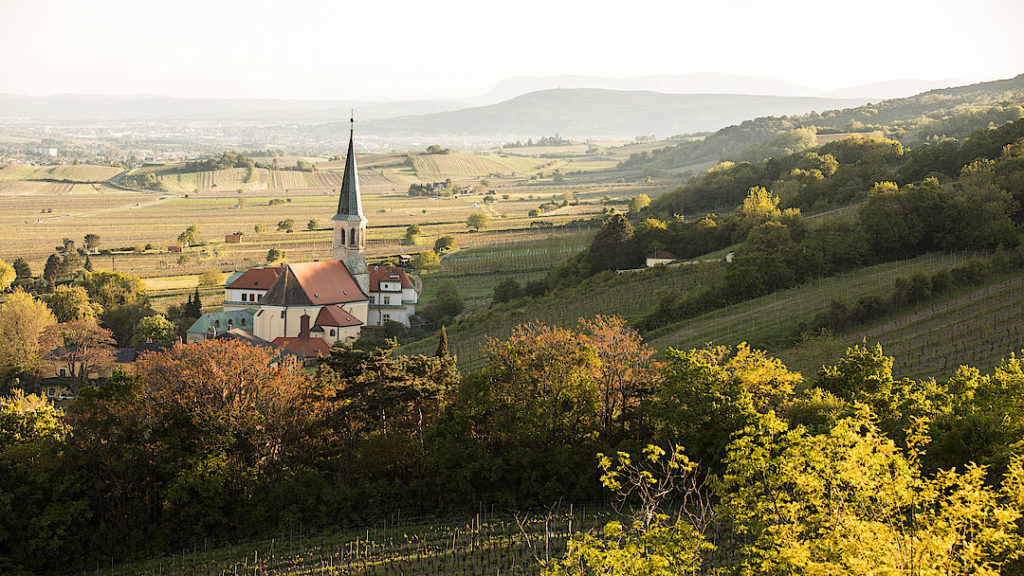
The Thermenregion achieved formal status as a wine region when the districts of Gumpoldskirchen and Bad Vöslau joined forces in 1985; its vines reach from the outskirts of Vienna’s Wienerwald forest southward along a chain of hills to just beyond the town of Baden.
Named for its geothermal hot springs, the region enjoys long, warm, summer and autumn days, and its nights are chilled by the cool air flowing down from the Vienna Forest and the Anninger Mountain. A primordial sea once covered the area and deep deposits of marine shells are now complemented by loam and gravel that time has driven down from the surrounding hills.
It was the Roman soldiers stationed in nearby Carnuntum who first planted vines in the rocky gravel and shell-rich soils more than 2000 years ago; but as is so often the case in Austria, it was the monks who revitalised and refined viticulture from the Middle Ages onwards.
Cistercian monks brought Pinot Noir from Burgundy and established a winery in 1141 at Freigut Thallern in Gumpoldskirchen. Centuries later, Augustinian monks planted St. Laurent at the Klosterneuburg Monastery outside Vienna, when they founded the world’s first viticultural school there in 1863.
It is said that St. Laurent and Pinot Noir make good bedfellows; they both enjoy similar terroir and the houses in Austria famed for one will often also produce premium examples of the other. St. Laurent’s genealogy is hotly debated; Pinot Noir is broadly accepted as one parent but the other is shrouded in mystery and misted in time.
Thought to have originated in Alsace and then migrated east to Germany and then Austria, St. Laurent is now firmly ensconced at the head of Austria’s prestige varietals and the wines produced in the village of Tattendorf in Thermenregion are especially prized. I will forever be indebted to my friend at the Austrian Wine Marketing Board, the very resourceful and ever helpful Valentina, for organising a meeting with one of Austria’s elite and most acclaimed St. Laurent producers – Hannes Reinisch of Johanneshof Reinisch.

The Reinisch family has been growing grapes in Tattendorf for four generations, and the family company is now run by the three brothers, each having his own sphere of responsibility: Christian is the viticulturist, Hannes the winemaker and Michael oversees sales. Whilst the brothers are rarely together in one place (“the secret to how the system works,†winks Hannes), they have agreed that full consensus must be reached and no wine will be bottled if each brother has not approved it. A system that ensures that only the best will bear the name, Johanneshof Reinisch.
Before conducting the tasting, Hannes drove me out to visit some of his family’s vineyards; one of the stops was at his most prestigious block named Holzspur, which was planted in 1956-1958. Deep soils with lots of blue/grey stones and gravel typify this relatively flat plain which is ringed by tall, white-tipped mountains. All of Johanneshof Reinisch vineyards are biodynamically managed and the family insists on hand picking all the fruit.
As readers of this blog will know, Hahndorf Hill has planted St. Laurent and, once I had described our terroir, Hannes was pleased with our clonal selection.
After visiting the vineyards it was time to head back to the winery and taste through the fruits of the family’s labours. On a trip like this it is important to stay disciplined and keep to the brief; I was there to learn about St. Laurent but I was also treated to several wines made from the indigenous grape varieties, Zierfandler and Rotgipfler. Both were delicious and will have their moment but in another article, as this was St. Laurent’s day. Broken into the two main styles of Classic and Reserve, the five wines we tasted brought me a new understanding and a deeper appreciation for this grape. If I had been smitten before, now I was hopelessly lost to St. Laurent.
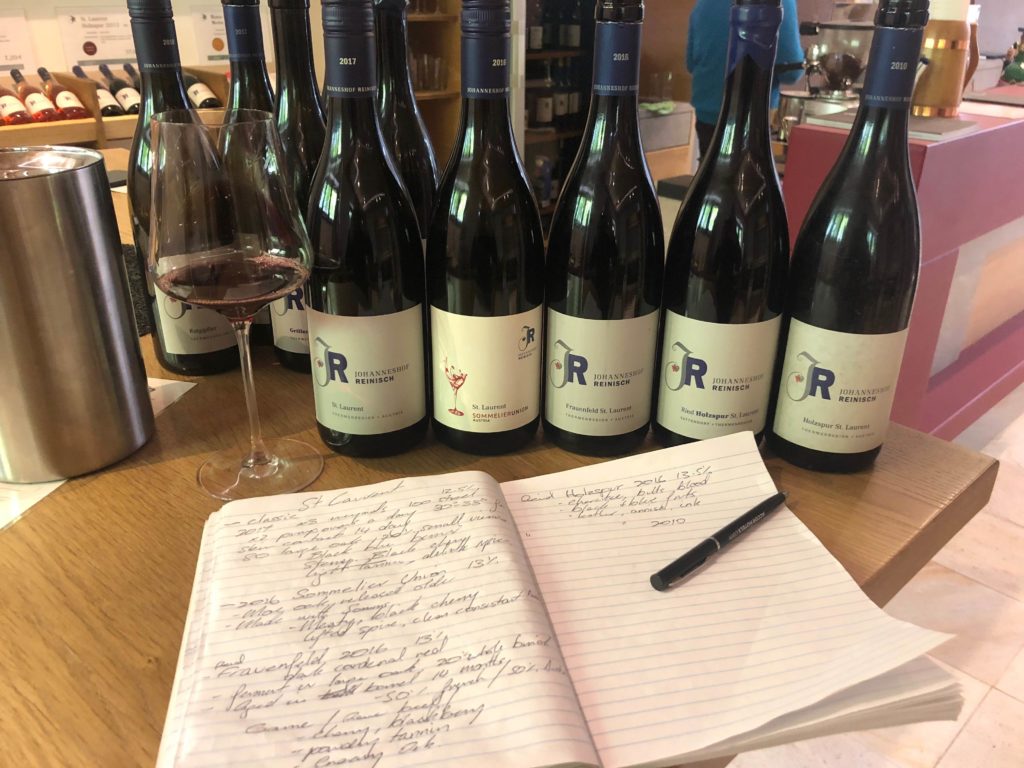
The Classic style has bright and fresh white spice and black cherry that carry down the length of this cheerful yet elegant wine. Delicate tannin and perfectly balanced acid give the wine texture and structure whilst keeping to its fresh and relaxed nature, making this a perfect “grazing†red. I would love to drink this in the sunshine with a range of crumbly cheeses, charcuterie, pickles and fresh breads.
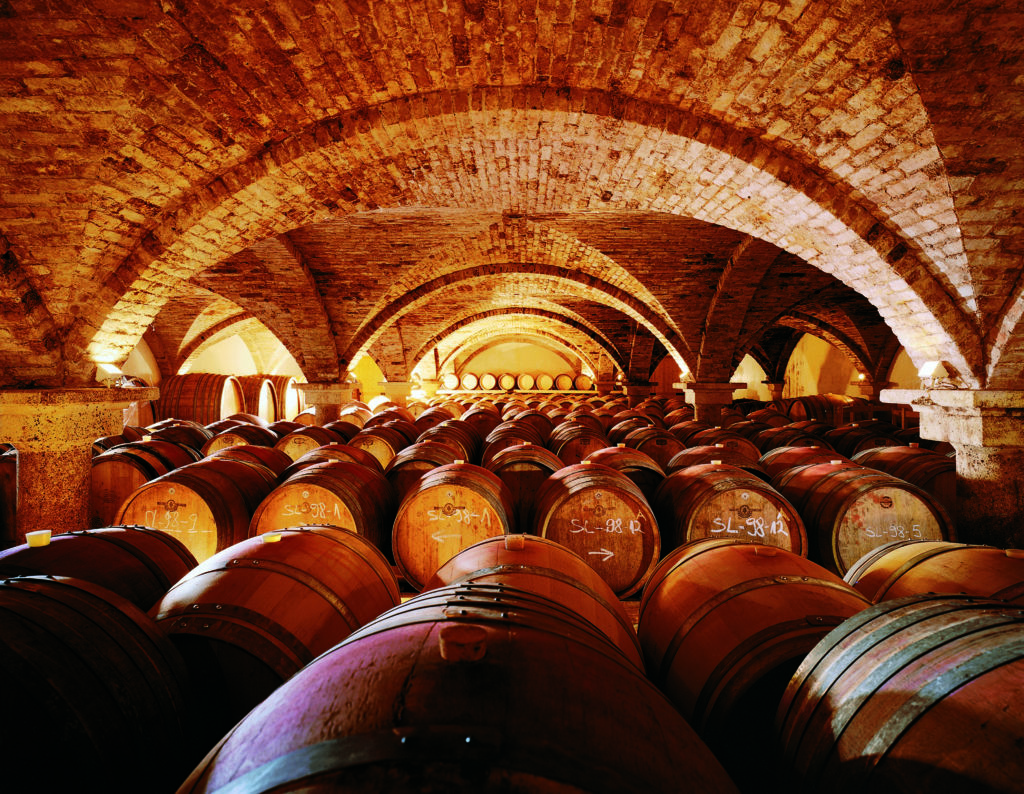
Next I was poured two single vineyard wines in the Reserve style – the Frauenfeld 2016 and Holzspur 2016 and I could not have been happier. Both were wines of such sophistication and substance I had to get to know them better. Black cherry is in St. Laurent’s core, but here were two sisters with an obvious resemblance but also worlds apart. The Frauenfeld showed more oak and a powdery tannin, while the Holzspur was rich in leather, anise and that meaty “bulls blood†element that is impossible to describe but unmistakeable when found. These two wines are in my all-time Top 10, and as our nights get colder and the cuisine we enjoy shifts back to the hearty, I can’t help but feel there is a big Holzspur-shaped hole at my table.
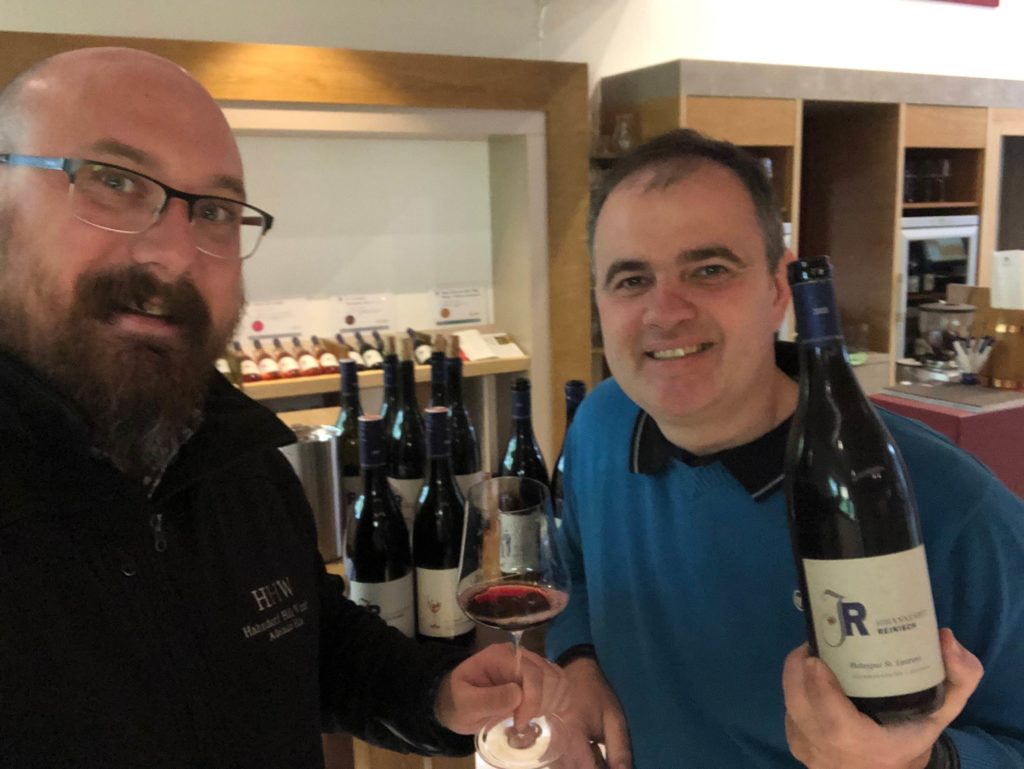
Hannes Reinisch was extremely generous with both his wine and experience; the time I had tapping into his knowledge and passion will be well spent and diligently applied.
A short Uber ride away is the village of Gumpoldskirchen and the vineyard of the Heiligenkreuz monastery, which was established by those thirsty Cistercians in 1141. One of the buildings on the sprawling estate has now been converted to a vinothek that sells the wines of around 30 of the region’s producers as well as the wines made by the monastery itself: Freigut Thallern.
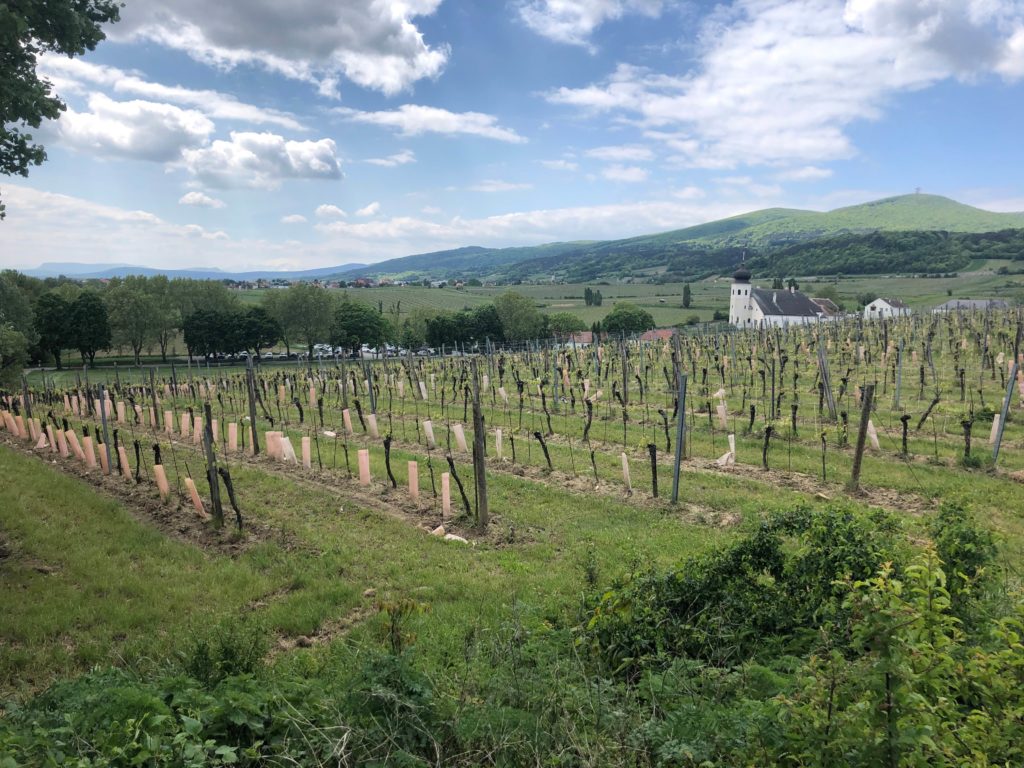
In the traditionally white wine producing end of the region, Freigut Thallern has a range of delicious Gemischter Satz, Zierfandler, Gruner Veltliner and Rieslings, all of which will get a mention in later articles, but my mission on the day was the St. Laurents, and I was not disappointed.
The lovely Nicole guided me through a range of St. Laurents from the estate and the surrounding village; the signature red/black cherry was always present but brought with it different friends from each block or sub-region such as anise, white pepper, lavender and cured meat characters. I was treated to a range of Classic styles that danced lightly upon the palate and sang of delicate spice and red black fruits, then a flight of brooding, textural Reserve styles that spoke of leather, charcuterie and tobacco in a rich baritone.
Like all varieties, St. Laurents of quality have some constants: black cherry, white pepper and delicate tannin for example, but in my experience only Gruner Veltliner can compete with Saint Laurent when it comes to expression of terroir.
Over the course of my trip, I tasted St. Laurents that flirted with delicate and ethereal Pinot Noirs and some that could shout back at a Syrah or Grenache. I found floral notes here and meaty notes there; I enjoyed bright fruits and dark, bracing acidity, and some that were almost chewy, but in the end they all pointed to one thing: St. Laurent is truly one of the great gifts of the red wine world.
And here at Hahndorf Hill we are excited to be developing this wonderful grape in the Adelaide Hills!

